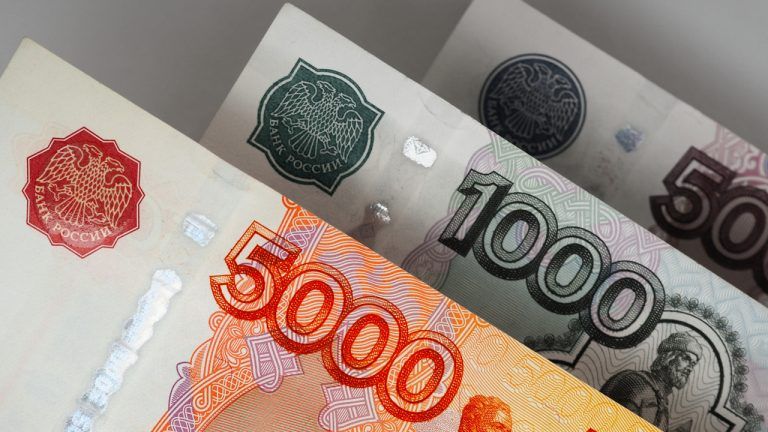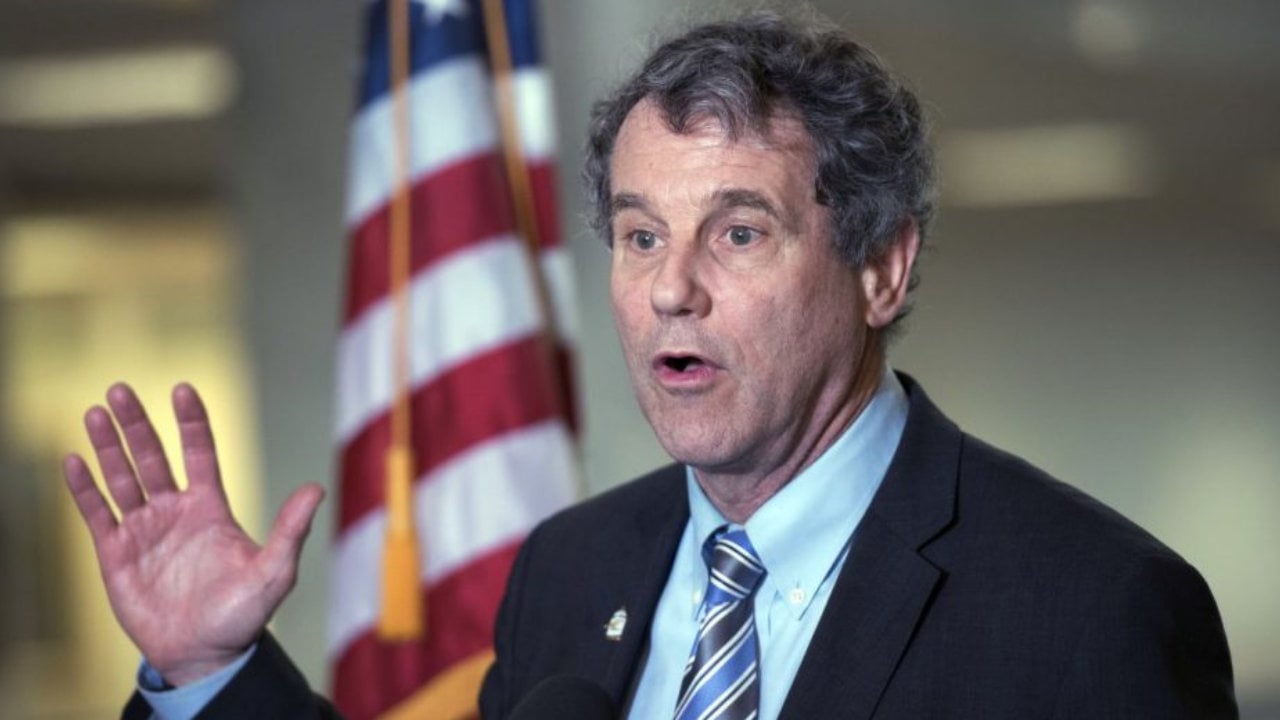
Co-founded in 2018 by Chinese R&D expert Tang Hongbo, DeBank allows users to track 798 protocols across 17 chains.
DeBank, a cryptocurrency wallet focused on decentralized finance (DeFi) solutions, has closed new funding led by major venture capital firm Sequoia China.
The firm announced Tuesday on Twitter that it raised $25 million, bringing DeBank’s total valuation to $200 million.
Apart from Sequoia China, the funding round featured major crypto investment firms like Dragonfly, Hash Global and Youbi.
The raise also included strategic funding from Coinbase Ventures, Crypto.com exchange, stablecoin provider Circle and hardware wallet maker Ledger.
DeBank is a cryptocurrency wallet designed to track DeFi data, including decentralized applications or exchanges (DEX) and DeFi interest rates. It also lets users navigate and manage various DeFi assets and projects. The platform includes analytics for decentralized lending protocols, stablecoins, margin trading platforms and others.
At the time of writing, DeBank allows users to track 798 protocols across 17 chains like Ethereum, the Binance Smart Chain, Polygon, Fantom, Avalanche and others, according to its website.
DeBank was co-founded in 2018 by Chinese research and development expert Tang Hongbo. According to his LinkedIn profile, the exec is based in Shanghai's Jing’an district.
The firm did not immediately respond to Cointelegraph’s request for comment.
Related: Interlay raises $6.5M to accelerate Bitcoin DeFi interoperability
The concept of decentralization and DeFi has apparently been growing increasingly popular in China amid new restrictions in the country. As previously reported by Cointelegraph, many Chinese crypto users have apparently been moving their crypto holdings to DEXes after China enforced a new major ban on crypto in September.














